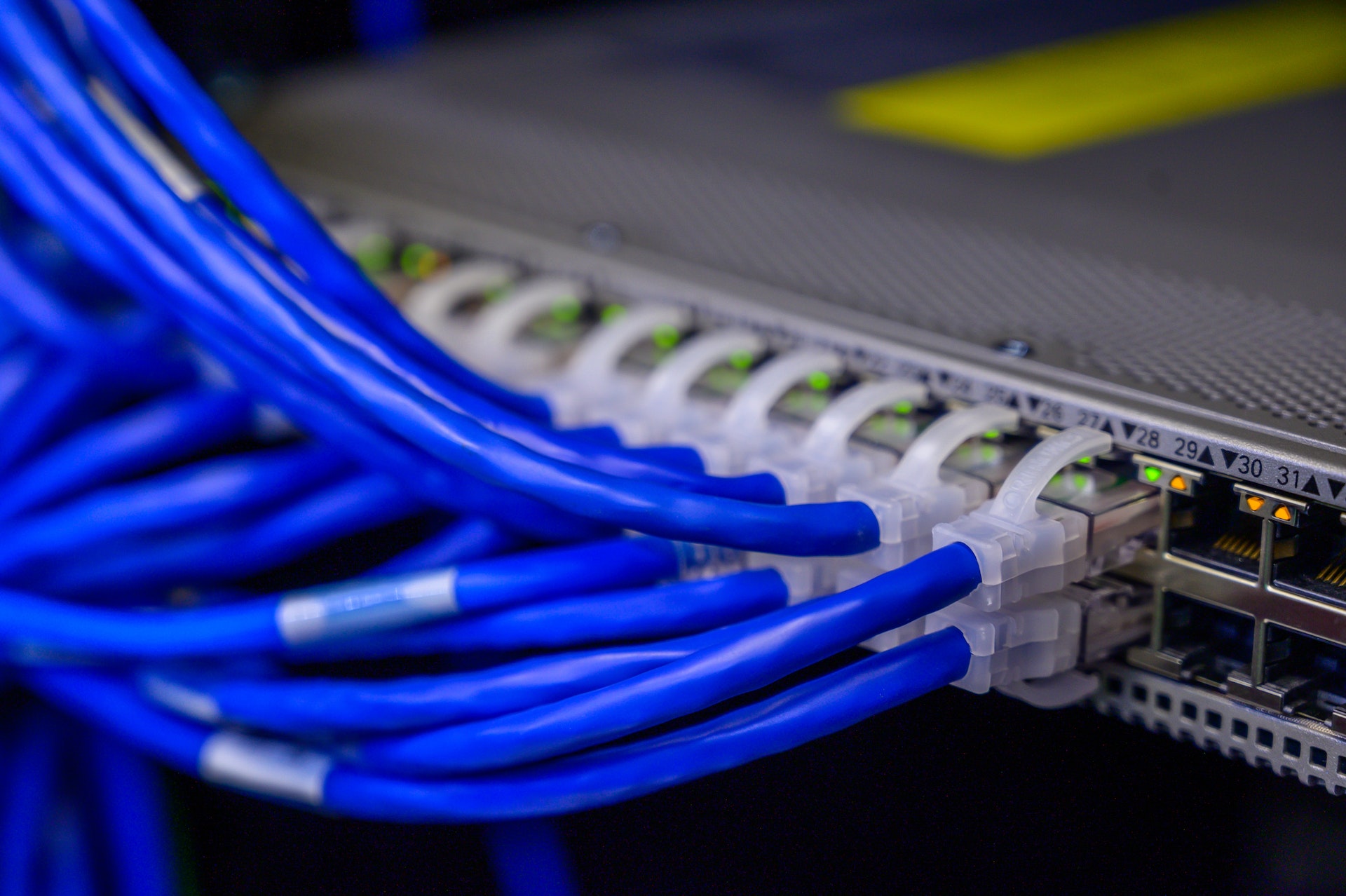The Basics of Structured Cabling
Structured Cabling is a type of Cabling.
If you’re looking for a cable solution that’s safe, scalable, and compatible with your network’s current and future needs, structured Cabling is an excellent option. Because it uses a modular design, structured Cabling can easily add or remove components as your network expands. This consistency in your network infrastructure helps you lower your total cost of ownership..
A structured cabling system is a complete telecommunications infrastructure that provides telephone service and transmits data through a computer network. It is a good option for businesses using different technologies at different locations. The advantages of structured Cabling over other types of cable systems include its flexibility, cleanliness, and ease of maintenance.
It is Used to Connect Devices
Structured Cabling is used to connect devices in a business or home. This wiring allows for standardized connections and helps businesses move more quickly. It can also make changing the wiring easier. It’s a flexible solution that uses high-quality materials. This type of wiring is also more cost effective than traditional wiring methods.
Structured Cabling is also more cost-effective than traditional wiring methods. It enables companies to maintain secure networks, which is crucial given the increasing risk of cyber-attacks over data channels. By using solutions from a trusted flexible wire manufacturer, companies can keep their data transmission systems both secure and efficient, ensuring smooth and reliable operations.
It is Compatible with Point-to-Point Cabling
Structured Cabling is governed by standards that specify the layout of network cables in offices, apartment buildings, and data centers. These standards help ensure proper cabling design and physical requirements and provide a basis for evaluating proposed system changes. In addition, they help ensure that the Cabling meets the needs of the business or organization.
While point-to-point Cabling can be effective for smaller offices, larger companies may find managing and expanding their networks more complicated. In addition, point-to-point Cabling tends to increase the maintenance cost significantly if the organization increases.
It Reduces Human Interference
Structured Cabling is a standard approach that uses a standardized system to make the wiring more efficient. Structured Cabling uses patch panels to connect hardware ports, and each patch panel is connected to another through a trunk within the main distribution area. These patch cords are short and can be easily moved or changed. There are many different types of structured cabling installation systems, and each can be customized to fit the needs of a particular company. The benefits of structured Cabling are numerous, including reduced human interference.
Structured Cabling helps organizations improve their network infrastructure. By eliminating messy and tangled physical network cables, structured Cabling allows for a predictable and reliable network architecture that can be referenced, triaged, and upgraded when necessary. It also allows for the growth of network architectures as organizations adopt new technologies. By removing the potential for human interference and rework, structured Cabling helps organizations reduce human error and confusion.
It is An Excellent Investment
There are several reasons why structured Cabling is a significant investment. For one thing, it will improve the performance of your network. It will also enable you to incorporate new technologies more accessible. Moreover, a structured cabling system will minimize the impact of network upgrades. While it can be expensive to install, you will not have to spend much money on maintenance. It will also improve productivity and customer service.
If your company’s network is not structured, it will be difficult for you to identify any problems. Moreover, with a centralized wiring infrastructure, it will be easier to troubleshoot connectivity issues, thus reducing the cost of downtime. Besides, structured Cabling will allow you to make changes and upgrades quickly and minimize the risk of human error.
It is Regulated
Structured Cabling is a regulated industry that specifies how to install cable systems in buildings and data centers. These systems enable communication between devices such as computers, telephones, and other devices. Using structured cabling standards allows for design and installation consistency throughout the system. Various institutes regulate the standards used in the installation of these systems.
Structured cabling standards help organizations and businesses ensure that they’re using the right cables for their needs. This helps to prevent messy cabling tangles. They also help businesses and organizations keep their wiring infrastructure flexible and organized.

